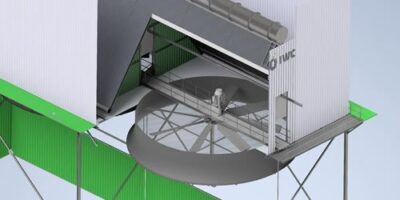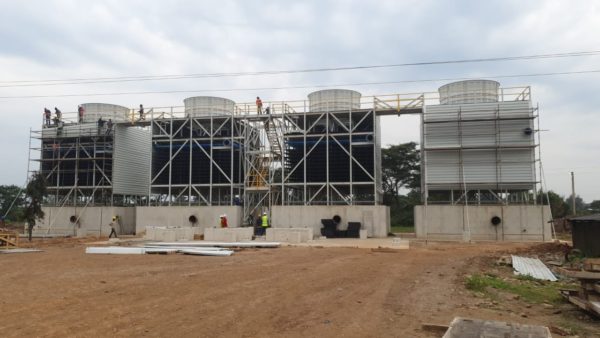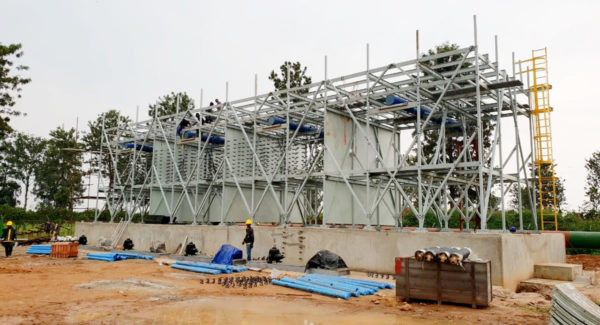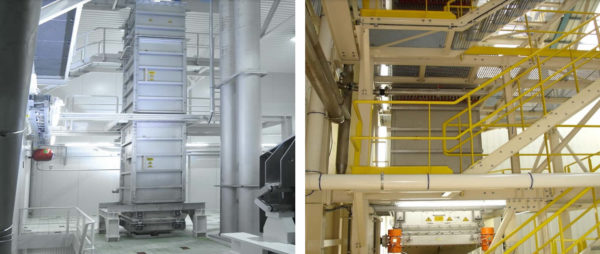Green power – Co-Generation using bagasse

With climate change and the reduction of CO2 emissions becoming a non-negotiable, everyone is looking at renewable energy sources.
What better source than the Sugar Industry to show us the way…. With their established co-generation plants burning bagasse to generate power, could this green power, be the answer to South Africa’s energy crisis?
The Sugar Industry is the only industry which utilises all its waste and is an assured source of renewable energy. Today, with high pressure boilers and advanced cooling technologies, this surplus energy can now be exported to power grids to supplement the energy needs of the consumer.
Cogeneration is great for the bottom line and also for the environment, as recycling the waste heat saves other fossil fuels from being burned. With small cogeneration plants generating anywhere from one to 100 megawatts of power, this could be exactly what we need.
What does co-generation mean?
Cogeneration is usually defined as the generation of electricity and heat from the same energy source. Examples would be sugar mills, where bagasse left over from crushing cane is used in boiler to generate steam to power a steam turbine & generator set while and producing heat for the process of producing sugar.
Co-generation is the concept of producing two forms of energy from one fuel. In the case of the Sugar Industry, bagasse is the fuel. One of the forms of energy must always be heat and the other may be electrical or mechanical energy.
What is Bagasse?
Bagasse is the dry pulpy fibrous material that remains after crushing sugarcane stalks to extract their juice. It is used as a biofuel for the production of heat, energy, and electricity, and in the manufacture of pulp and building materials.
How is cooling technology used to facilitate the production of energy?
Fuel (bagasse) is burnt in a boiler to generate high-pressure steam which is used to drive a turbine, which in turn drives an alternator through a steam turbine to produce electrical power. This power goes to the grid. The remaining exhaust steam is then passed through a condenser in which cold water circulates and cools the steam turning it back into water and sends it back to the boiler.
Why IWC?
Climate action is at the heart of IWC’s growth strategy, and we strive for a sustainable future. We work with our customers to lower their carbon footprint and to act in favour of local ecosystems. Our extensive sugar industry experience and vast range of products enables us to provide cutting edge cooling solutions to an industry which makes up a crucial part of Africa’s future.










